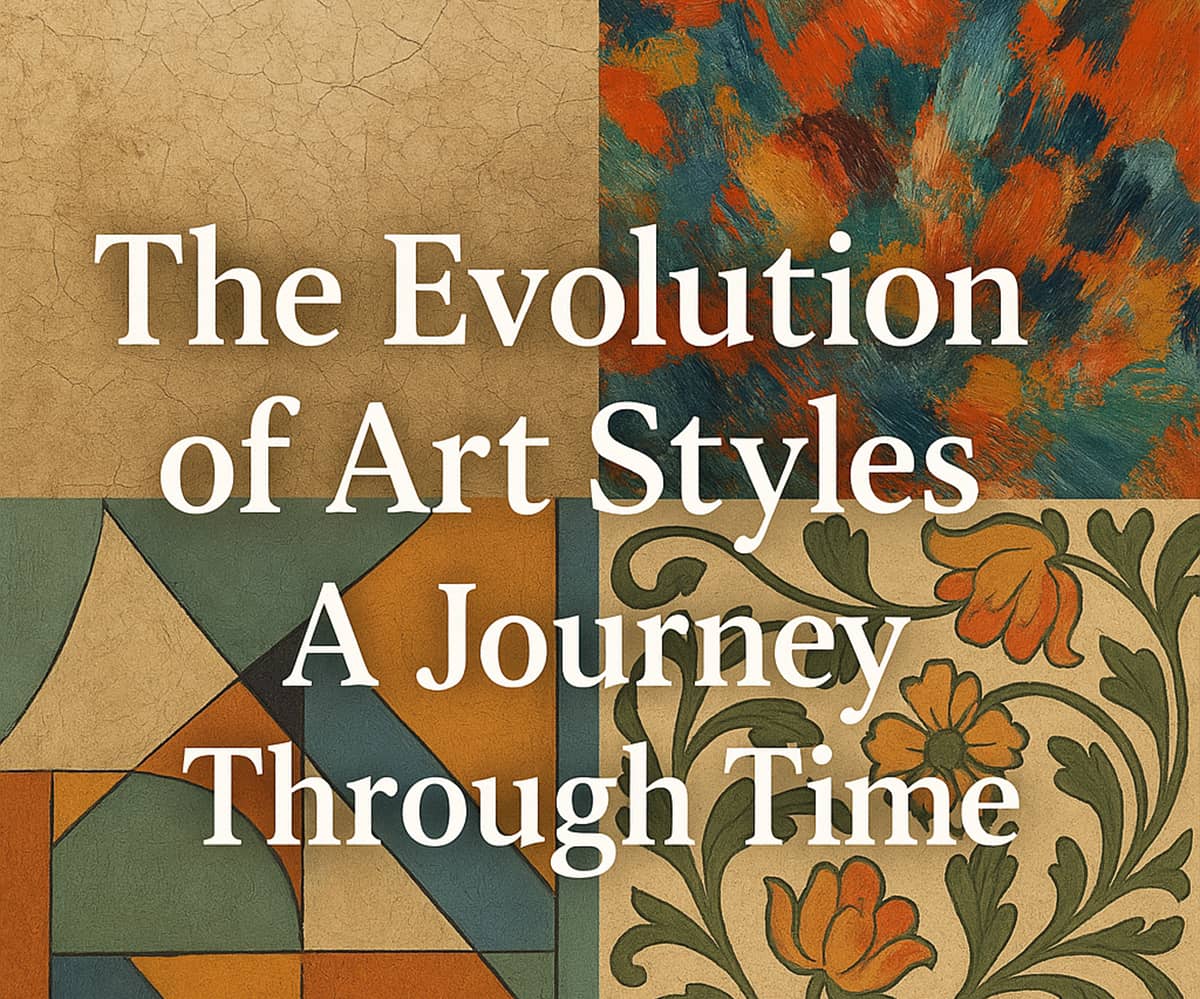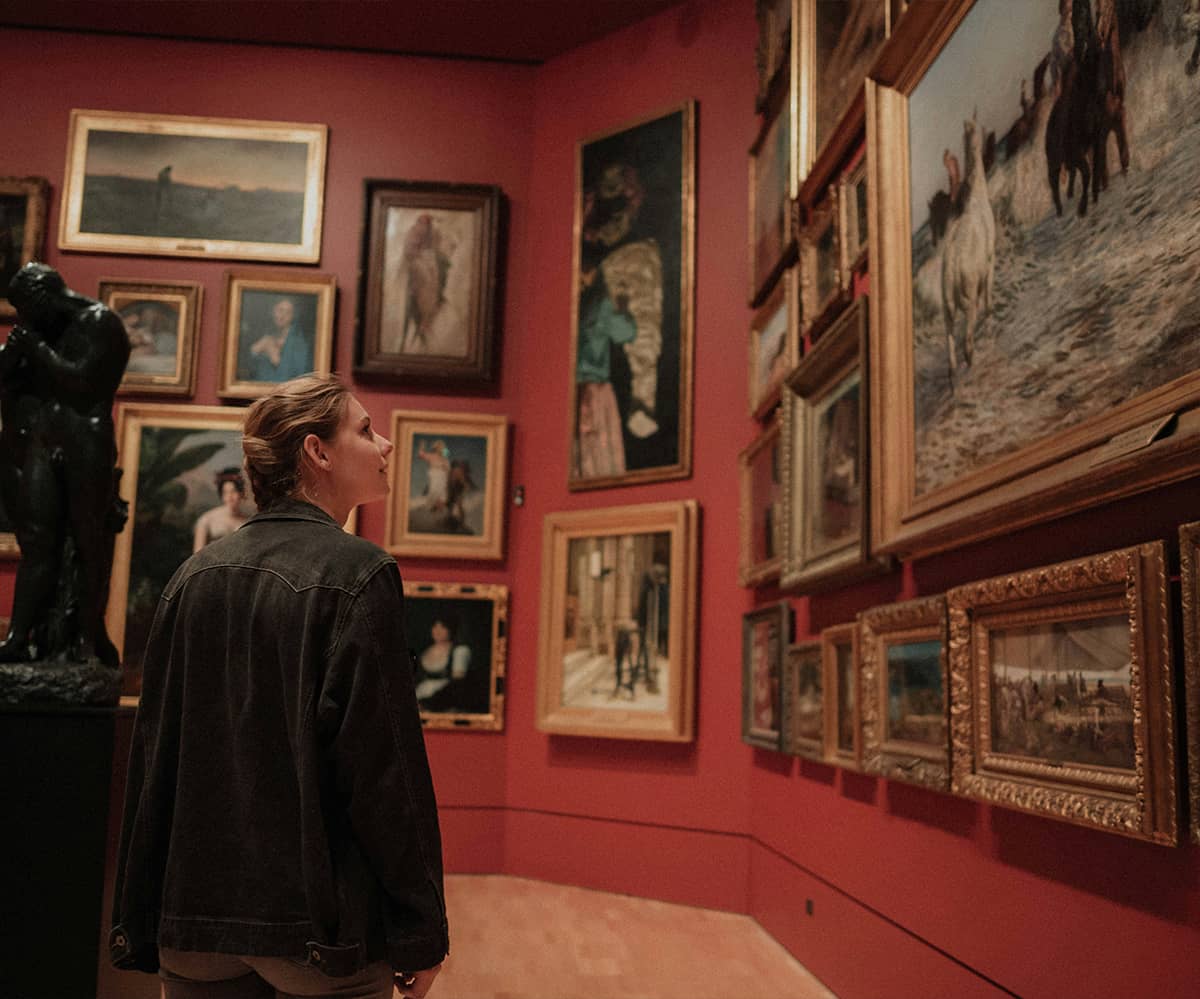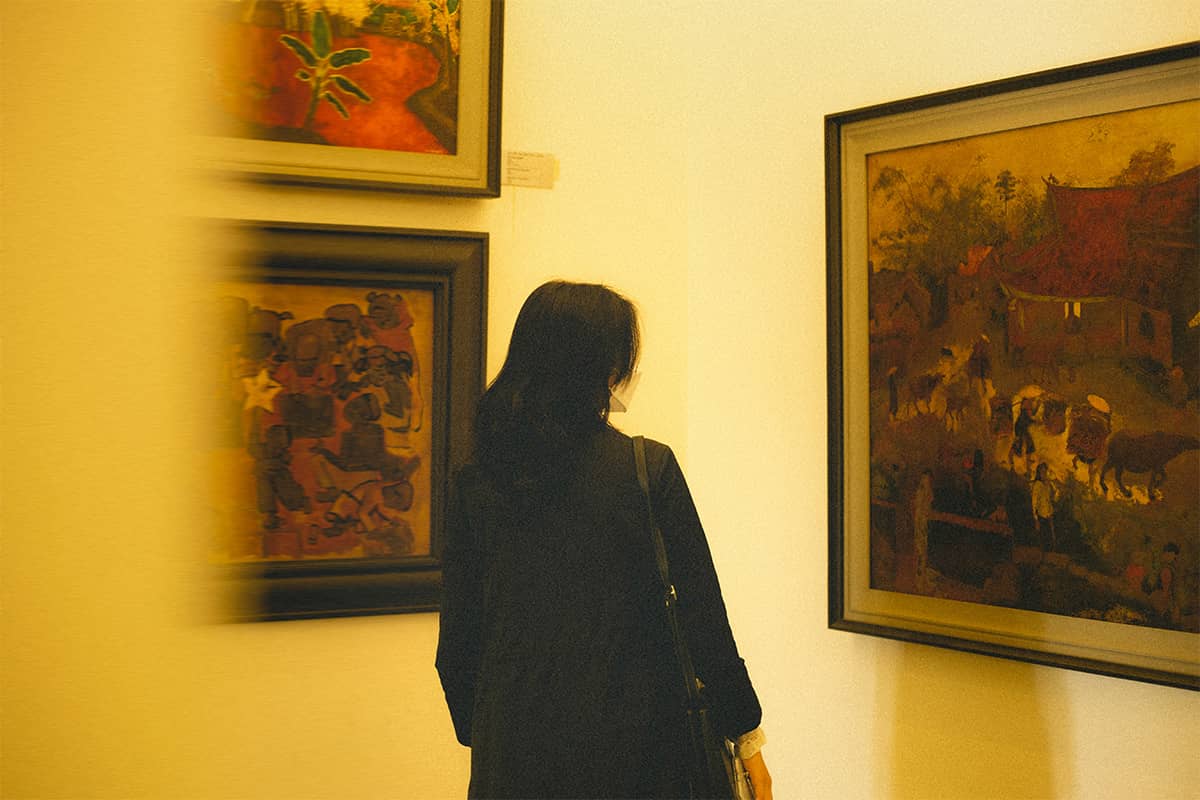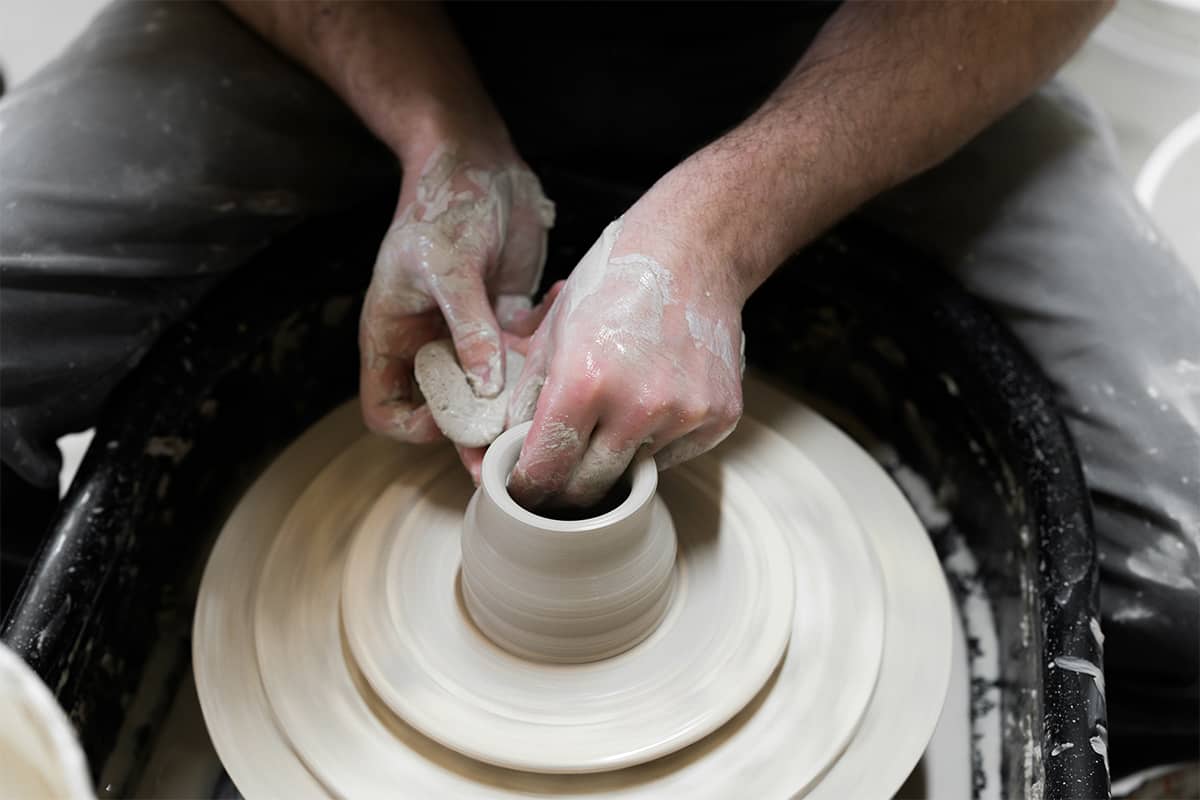Understanding Abstract Art: How to Connect with the Unseen
Abstract art often evokes a wide range of emotions, from intrigue and wonder to confusion and skepticism. Unlike traditional art forms that directly represent the physical world, abstract art invites viewers to step beyond what is tangible and immerse themselves in a realm of shapes, colors, textures, and forms that defy conventional understanding. So, how can you connect with the unseen essence of abstract art? Here are some insights to guide you on this journey.
1. Let Go of Literal Interpretation
The first step in appreciating abstract art is to abandon the need to find a recognizable subject. Unlike a portrait or landscape, abstract art doesn’t aim to depict reality. Instead, it focuses on conveying emotions, ideas, or concepts. By freeing yourself from the expectation of finding “meaning,” you open the door to experiencing the art on a deeper, more personal level.
2. Observe the Elements
Pay attention to the foundational elements of the artwork:
- Color: Does the palette evoke a specific mood or energy
- Shapes: Are they soft and fluid or sharp and geometric?
- Textures: Can you sense movement or stillness through the brushstrokes or patterns? These components work together to create a visual language that speaks to the viewer’s subconscious.
3. Consider the Artist’s Intent
While abstract art often leaves room for personal interpretation, understanding the artist’s perspective can add depth to your experience. Read the artist’s statement or learn about the historical and cultural context in which the piece was created. Was the artist inspired by a personal event, a social movement, or an abstract concept like time or emotion?
4. Trust Your Emotions
- What feelings arise when you look at the piece?
- Does it remind you of a memory or dream?
- Are you drawn to it or repelled by it? There are no right or wrong answers—your emotional response is a valid and valuable way to engage with the artwork.
5. Give It Time
Abstract art often requires patience. Spend time with the piece, viewing it from different angles or distances. Notice how your perception shifts as you linger. Sometimes, the “unseen” becomes clearer with repeated engagement.
5. Give It Time
Part of the beauty of abstract art lies in its ambiguity. It doesn’t need to be fully understood to be appreciated. Much like music or poetry, abstract art invites you to feel rather than analyze.
Final Thoughts
Connecting with abstract art is a personal and dynamic experience. It’s less about “getting it” and more about allowing yourself to engage with it authentically. The next time you encounter an abstract piece, approach it with an open mind and heart. You might just find yourself discovering layers of meaning hidden within the unseen.




